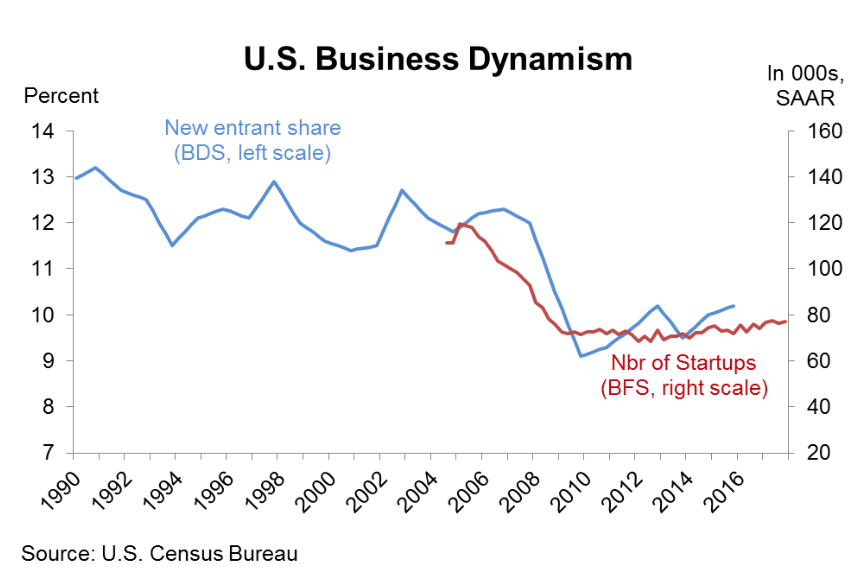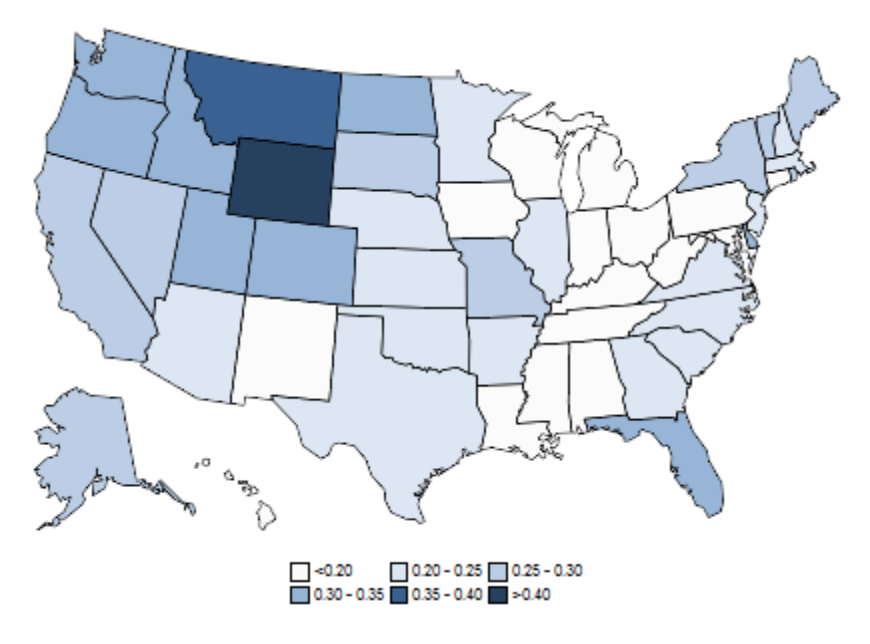Originally appeared in CU Insight. Written by Curt Long, Chief Economist and VP of Research, NAFCU.
Since the inception of the credit union industry, there has been a connection between credit unions and small businesses. Both institutions were founded on helping local communities and working towards providing valuable services and products to Main Street consumers. A lot of credit unions are small businesses solely serving the needs of their local community.
As the credit union industry continues to grow, so does their lending portfolio, especially regarding member business lending. Even though credit unions face regulatory limitations, small businesses still prefer the personalized member-lending experience credit unions offer. Over the past 10 years, the number of credit unions offering business loans has increased 20 percent. Today, a small business can get a loan at more than 2,000 credit unions. For 18 percent of credit unions, business loans make up at least 5 percent of their total loan portfolio. A decade ago that figure was just 8 percent.
That growth stands in stark contrast to recent trends at other financial institutions, and speaks to credit unions’ increasing role in funding America’s small businesses. Since 2007, total business loans extended by credit unions have tripled. Banks, on the other hand, have cut their outstanding loans to small businesses 8 percent over that same time. The Federal Reserve’s triennial Survey of Consumer Finances shows a similar rise in the importance of credit unions to small businesses. The share of household business owners that used credit unions to start or acquire their business grew from 2.4 percent in 2010 to 6.3 percent in 2016.
All this growth has taken place amid the backdrop of a severe decline in business dynamism. Startups are becoming rarer, and consolidation is a feature of many industries. The U.S. Census Bureau has two sources of data related to business dynamism. The Business Dynamics Statistics (BDS) database provides annual data on startups as a share of total businesses through 2015. The bureau’s Business Formation Statistics (BFS) is a recently released database with more current quarterly estimates of startup activity. The chart below shows both datasets, and each confirms a sizable drop in business formations around the mid-2000s.
While the national picture may not be pretty, the BFS data, just unveiled in February, allow us to take a closer look. The map below shows per capita startups in 2017 by state. The most vibrant states have formation rates that are twice as high as the weakest ones.
But is there any hope for a turnaround? Policymakers have taken note. Former Fed Chair Janet Yellen, observing the decline in business formations, stated that it could lead to lower productivity, wage growth, and employment, along with increased income inequality. Those sentiments were echoed by the Congressional Joint Economic Committee’s 2018 Annual Report, which focused its discussion of the weak economic recovery on the decline in business formations. The committee’s top recommendation was to reduce regulatory burden on small businesses.
The good news for credit unions is that even if the status quo persists, they have proven that they can operate successful business lending programs in such an environment. And if policymakers do create more favorable conditions for startups, credit unions would be well positioned to capitalize.

Business Formations per 1,000 People (2017)

